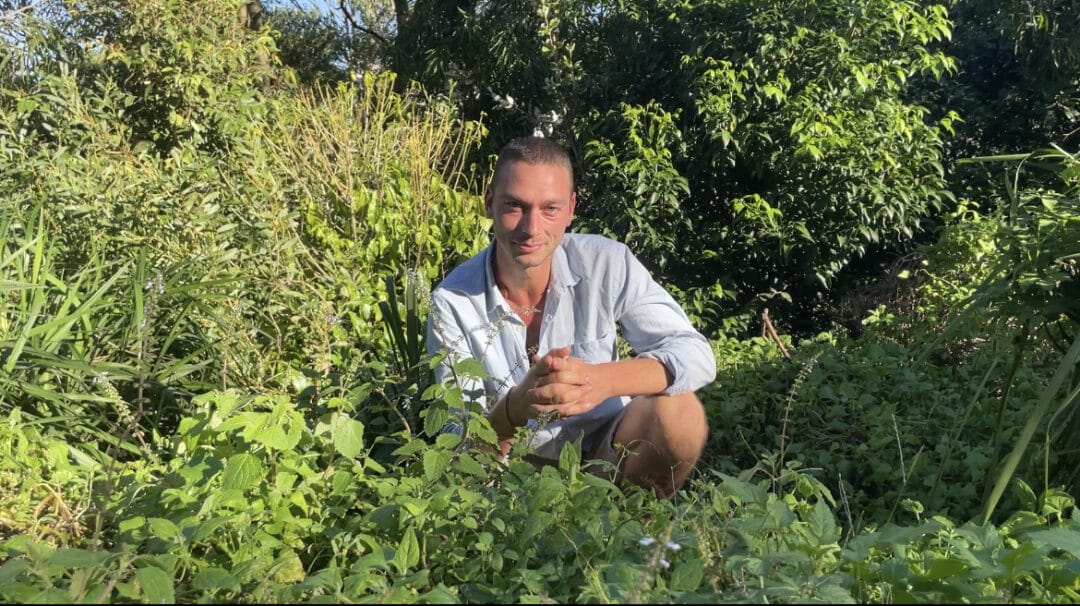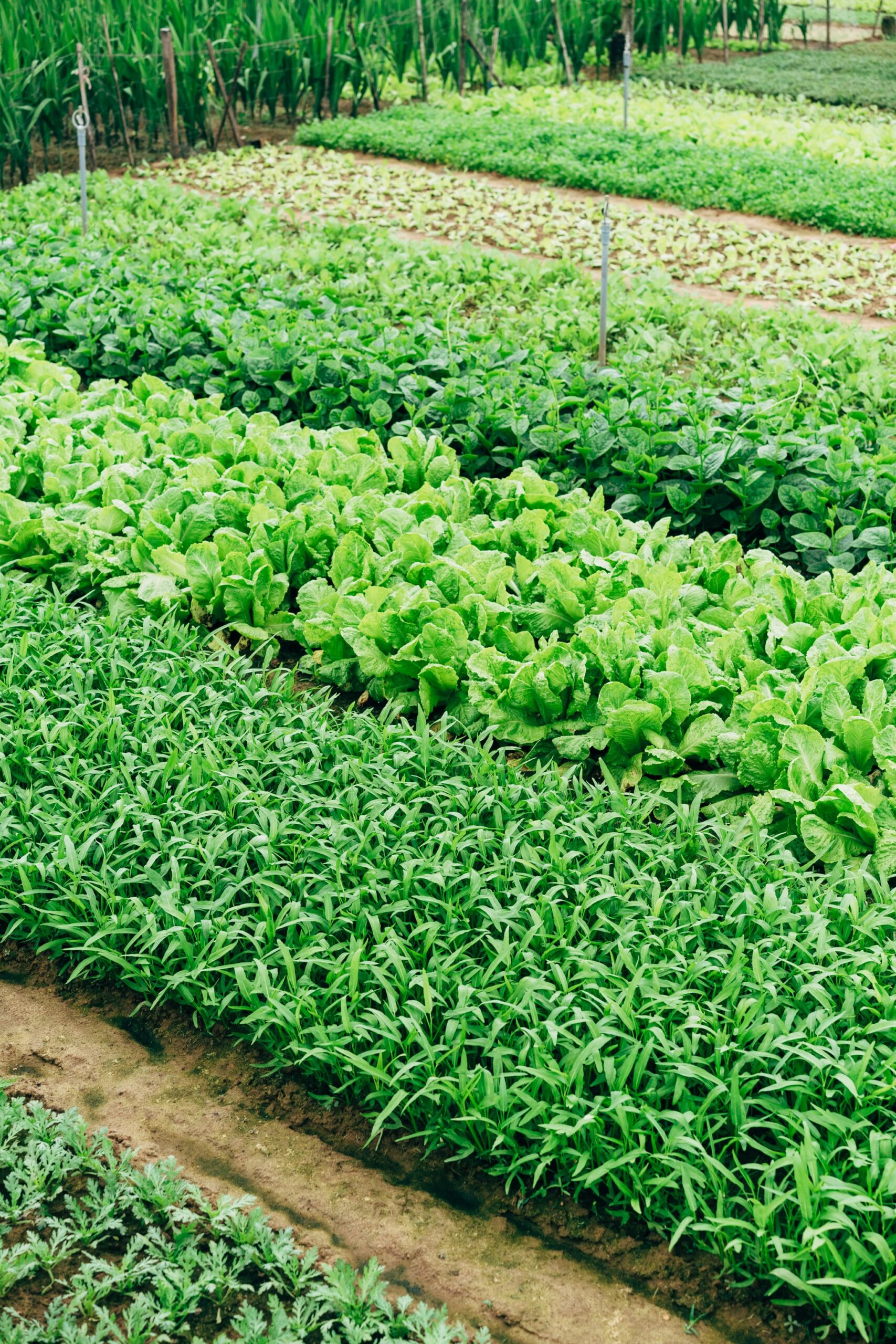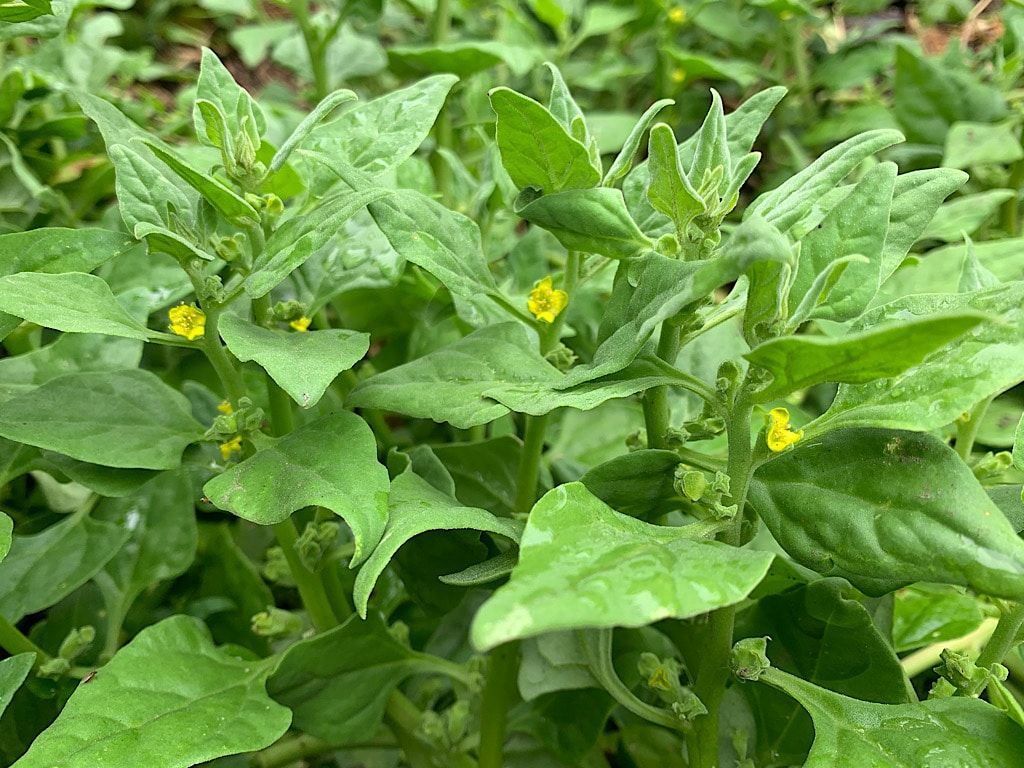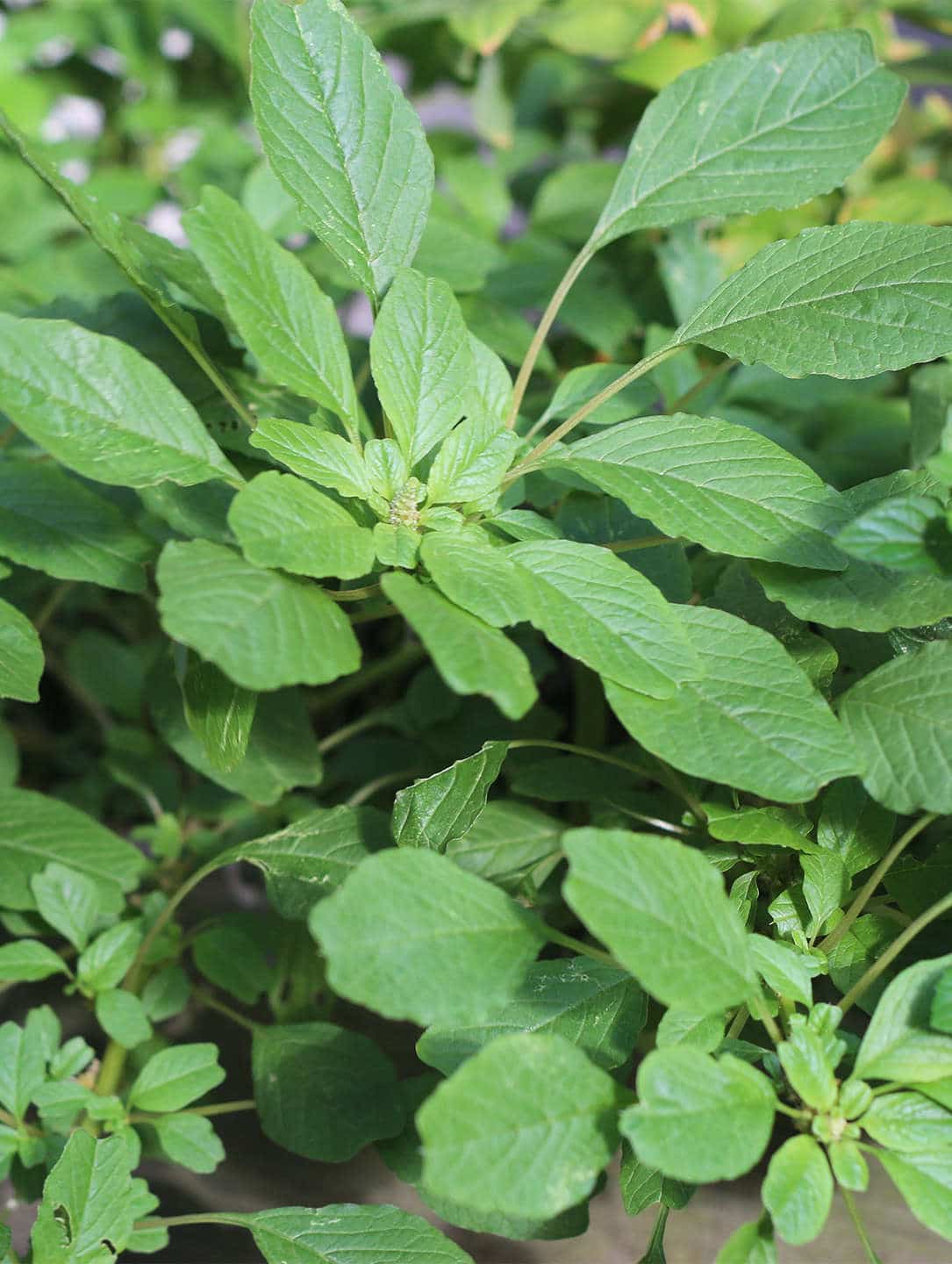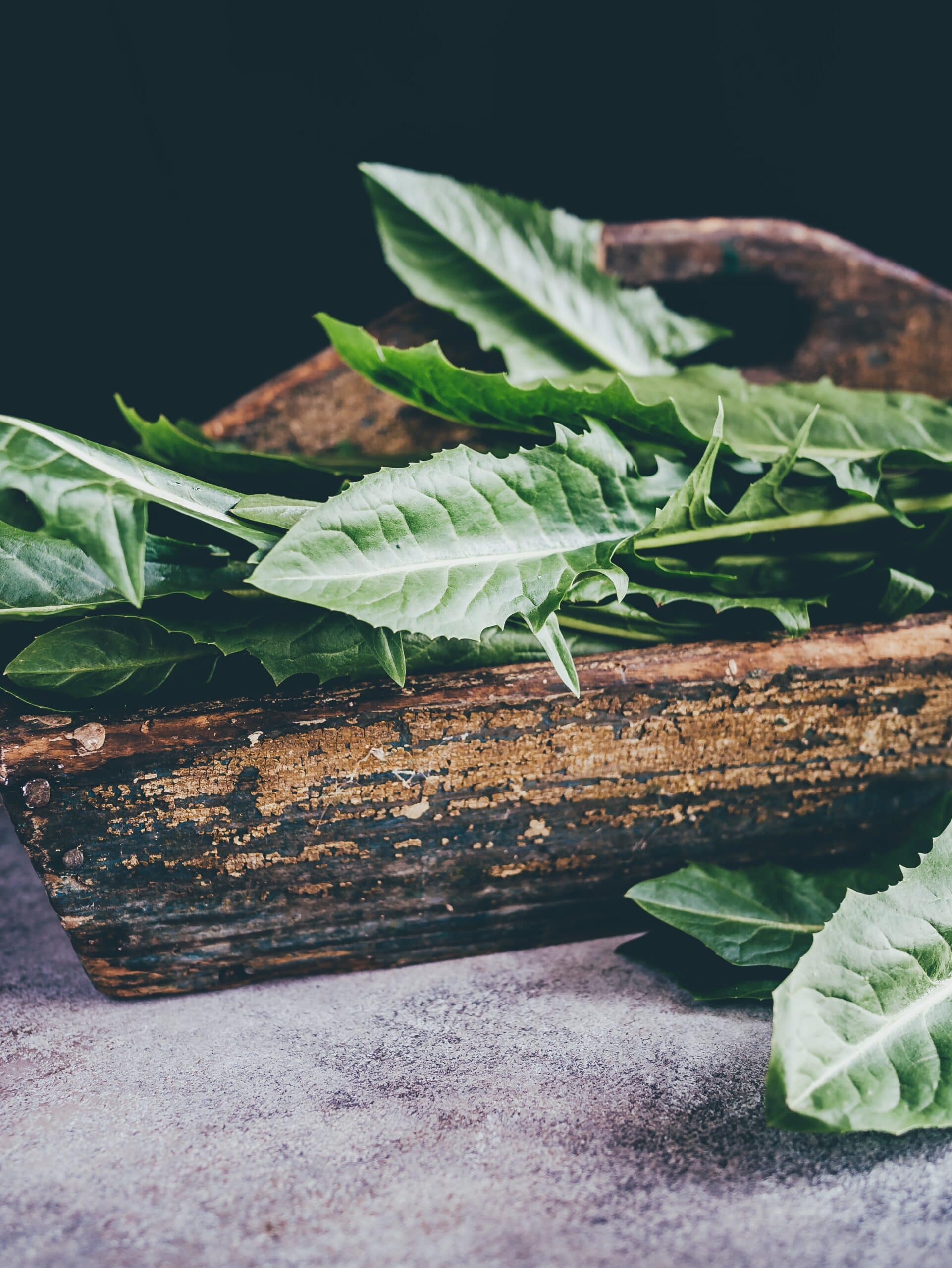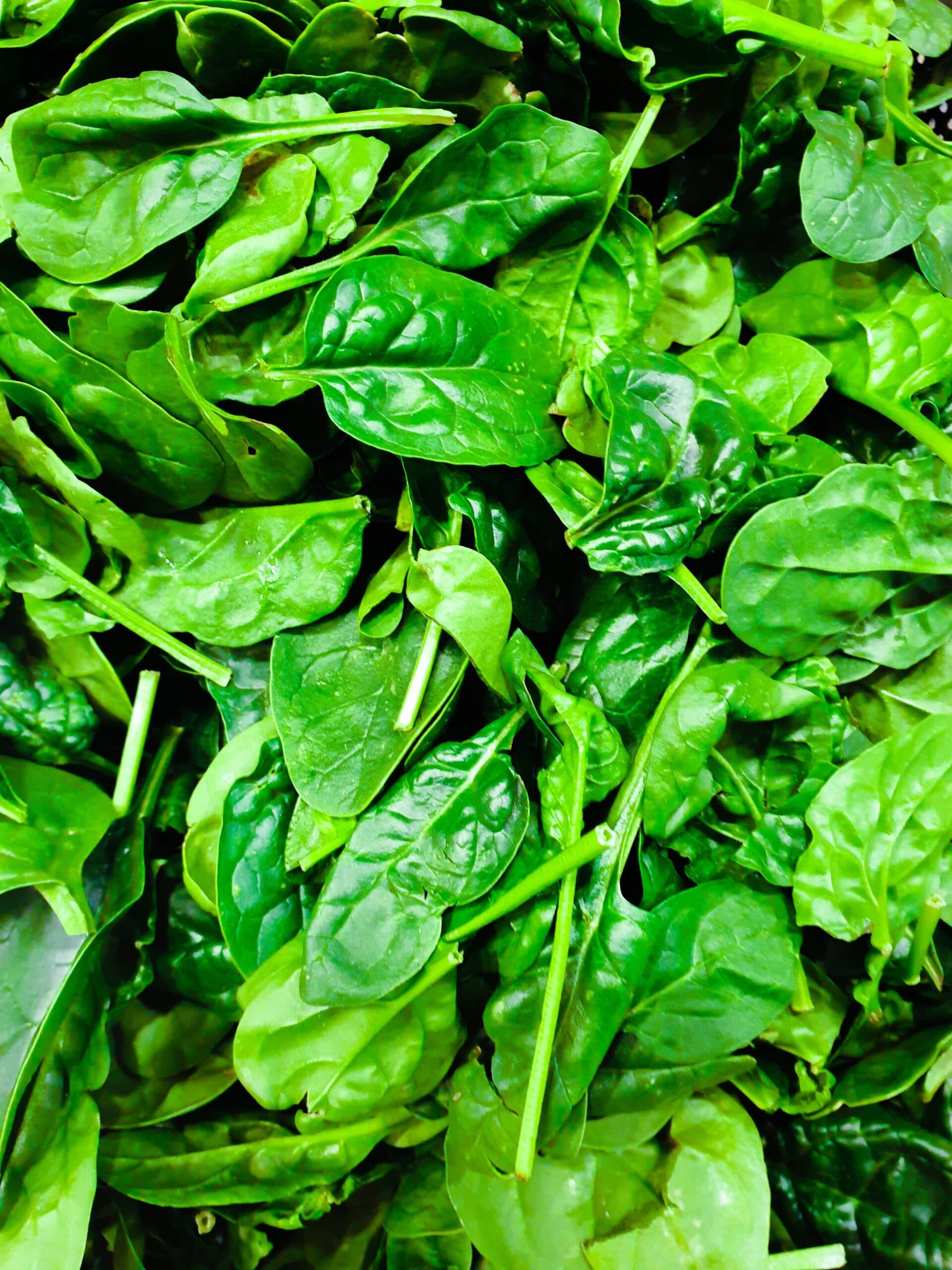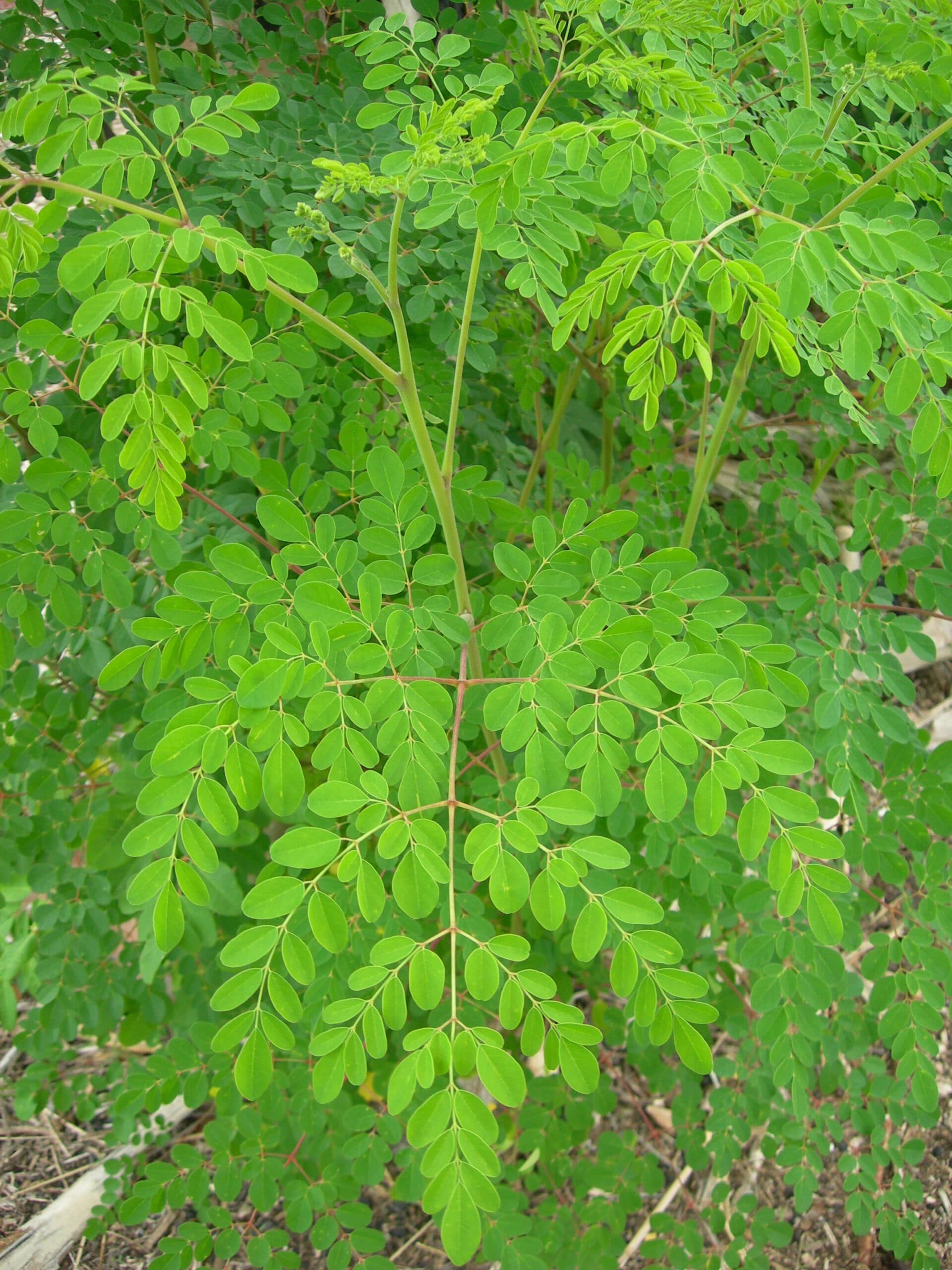Leafy green vegetables are a great way to get iron into your body via diet.
Especially for:
Vegetarians
Vegans
Those who want to eat less meat
Those who don’t want to overload their liver with nutraceutical supplements such as iron supplements.
Out of the non-heme iron sources, leafy green vegetables are high sources of iron, but you got to ensure your body is absorbing iron well.
In addition to eating iron-rich leafy green vegetables, there are other important interventions you need to understand to enhance iron absorption and Boost Your Ferritin Levels Naturally.
Note: Amounts of Iron Will Vary
The amounts of iron mentioned below per leafy green vegetable is tested using standard vegetables. I don’t know how fresh these vegetables were, nor the growing conditions like the quality and organic state of the soil and farming practices.
Furthermore, these were tested by a couple of standard labs. There will be other researchers testing and getting different numbers.
I would assume if you were to pick the same vegetables fresh the day of or even the day before you eat them, whether you pick them from your garden, your local organic grocery store or from the wild, grown organically, the iron content would be significantly higher than the numbers mentioned below.
My Top Five Iron Rich Leafy Green Vegetables
Here are my top five iron rich leafy green vegetables. I chose them because they are tasty, readily available, high in iron, and can be foraged in the wild which will significantly boost the nutrient profile.
#5 Warrigal Greens, AKA New Zealand Spinach (Tetragonia tetragonoides) - Cooked
I love this vegetable because it grows abundantly and has a very tasty slimy texture.
Warrigal Greens is high in antioxidants as well as other minerals, nutrients, and vitamins. It is a common coastal and estuarine species of the Pacific region. It is native to New Zealand, Australia, Japan, Chile, and Argentina.
I love this vegetable because it grows abundantly and has a very tasty slimy texture.
Warrigal Greens is high in antioxidants as well as other minerals, nutrients, and vitamins. It is a common coastal and estuarine species of the Pacific region. It is native to New Zealand, Australia, Japan, Chile, and Argentina.
Caution: Oxalates
Like regular conventional spinach, Warrigal Greens has oxalates, which are compounds that put pressure on the kidney and actually block iron absorption.
Ensure to blanch the leave in boiling water for 20 seconds of so, then rinse with cold water or (even better) put straight into a bowl of cold water, then wash to remove the oxalates.
“Studies have shown that soluble oxalate levels in T. tetragonioides can range from 1.5 per cent in leaves of older plants to 12 per cent in leaves of young plants.”
Amount of iron in warrigal greens:
0.8mg / 100gms (4% of recommended daily value/DV) (less when raw) (3)
Cooking tip: Don’t cook warrigal greens a lot. Just blanching to remove oxalates is enough.
#4 Amaranth Leaves - Cooked
A lot of us have heard about amaranth as an (ancient) grain, but the leaves of the plant are not only edible but very nutritious.
There are about 70 species of amaranth worldwide and they are all edible (4). The highly nutritious value of the plant was recognised by Aztecs and used in ceremonies. Today it is growing as a common weed amongst urban pathways, sidewalks, gardens and rural agricultural fields.
The most common weedy Amaranths in South East Australia are:
Green Amaranth ( Amaranthus viridis)
White amaranth ( Amaranthus allbus)
The Natives: Amaranthus Mitchellii, Amaranthus Powellii and Amaranthus interruptus
Red Amaranth (Amaranthus tricolor).
Caution: Oxalates in Red Amaranth
Red amaranth and perhaps other amaranths have some level of oxalates.
Blanch the leaves in boiling water for 15 seconds of so, then rinse with cold water to remove the oxalates.
Amount of iron in common green amaranth:
2.26mg / 100gm. (13% DV).(3)
Raw Amaranth is also very high in Vitamin K: 1140 mcg / 100gm (950% DV).(3)
Cooking tip: Don’t cook amaranth a lot. I like to wash, chop, then add to the finished cooked hot dish and mix in. This way the hot dish gently cooks the leaves. If using red amaranth be sure to blanch.
#3 Dandelion Leaves Greens - Cooked
Dandelion has got to be one of my favourite edible and medicinal weeds, as it is for other foragers.
It is commonly one of the first plants one learns about when learning to forage wild foods.
The whole plant can be used – root (yum starchy bitterness), flower, and leaves. The bitter taste of this vegetable supports liver health, pitta doṣa and it is impressively high in:
Vitamin K: 812 mcg / 100gm (677% DV)
Vitamin A: 514 mcg / 100gm (57% DV)
Vitamin C: 25.5 mg / 100gm (28% DV).(3)
Amount of iron in dandelion leaves (cooked):
3.23mg / 100gm (18% DV).(3)
Cooking tip: Don’t cook dandelion leaves a lot. Wash, chop, then add to the finished cooked hot dish and mix in. The roots and thick part of the stem you can cook for longer. Root taste like a bitter potato (and feels so much more nutritious)!
#2 English Spinach
Dandelion has got to be one of my favourite edible and medicinal weeds, as it is for other foragers.
It is commonly one of the first plants one learns about when learning to forage wild foods.
It may be a little surprising that this common conventional leafy green vegetable is higher in iron than the other leafy greens mentioned that are much less domesticated and hybridised.
Well, you just can’t beat the iron content of your common English spinach…
Actually you can, see #1.
Remember Iron Variation According to Growing Conditions:
But do keep in mind the consideration of domesticated, non-organic vegetables vs. wild-organic vegetables.
For example, wild foraged amaranth leaves harvested and eaten in the same day could contain significantly more iron than conventional english spinach harvested one week and kept in the fridge before eating it.
Caution: Oxalates
Ensure to blanch spinach in boiling water for 20 seconds of so, then rinse with cold water or (even better) put straight into a bowl of cold water, wash to remove the oxalates.
Spinach has a higher level of oxalic compared to most vegetables with an approximate concentration of 1000mg/100g [5][7] .This is significantly higher than other vegetable such as kale (20mg/100g) [6], carrot (49mg/100g) [5], beetroot (67mg/100g)[5] and soybean (497mg/100g) [5].
Amount of iron in english spinach:
cooked: 3.57mg / 100 gms (26%RDA)
raw: 2.71mg / 100 gms (19%RDA)
canned, regular pack, drained solids: 2.3mg / 100 gms (16%RDA)
frozen, chopped or leaf, cooked, boiled, drained: 1.96mg / 100 gms (14%RDA)
Cooking tip: Don’t cook spinach a lot. Just blanching to remove oxalates is enough.
#1 Moringa (Drumstick) Leaves
Moringa is one of the most nutritious plants on earth.
Known as “śigru” and “śobhāñjana” in Ayurveda, this tree is native to the Indian subcontinent and has a variety of benefits.
Moringa is an Ayurvedic superfood and important therapeutic herb.
The whole part of the tree is used, but the leaves (and less commonly available outside of Asia and the Middle East) the fruit pods, are the parts high in iron.
Moringa is said to have 25x more iron than spinach! (8,9)
Comparing Iron Content of Moringa Leaves and Beef
100 grams of beef has only 2 mg of iron
while 100 grams of moringa leaves contain 7mg of iron
and 100 grams moringa leaf powder has 28 mg of iron. (10)
Amount of iron in moringa leaves:
raw: 4-7mg / 100gm (22-38% DV)
cooked: 2.3mg / 100gm. (13% DV)
Moringa is also high in Vitamin C, which supports the absorption of iron.
Cooking Tip + How to Eat Moringa Leaves: Moringa is better raw. So just garnish washed fresh leaves over your hot dish of food.
Fresh leaves are hard to come across if you live outside of sub-tropical warm climates. So you can purchase and use dried leaves or leaf powder and gently mix it into the food after it is served on your plate.
If using dried leaves with stems still intact, it is better to mix the dried moringa into the hot pot of food after turning the flame off. Then serve onto plates.
To learn more about Moringa and it’s impressive feats and uses, check out the full article: “Moringa: One of the Most Nutritious Plants on Earth – Ayurvedic Superfood and Potent Herb”
References:
- https://www.webmd.com/diet/iron-rich-foods#1
- https://www.scu.edu.au/engage/news/latest-news/2015/research-holds-the-key-to-more-native-spinach-on-our-dinner-plates.php
- Nutritics Research Edition v4.097
- “Diego Bonetto – Get Ready for Amaranth: The Summer Green”
- Muhammad Shoaib Akhtar , Beenish Israr , Nighat Bhatty & Amanat Ali (2011) Effect of Cooking on Soluble and Insoluble Oxalate Contents in Selected Pakistani Vegetables and Beans, International Journal of Food Properties, 14:1, 241-249
- Shimada, Y (2014). The Effect of Soaking on the Soluble Oxalic Acid Content of Spinach. Chugokugakuen J. Vol 13, pp27-31
- Chai,W. Liebman, M. (2005), Effect of different cooking methods on vegetable oxalate content. Journal of Agriculture and Food Chemistry 53, 3027–3030.
- J.L. Rockwood, B.G. Anderson, D.A. Casamatta
Potential uses of Moringa oleifera and an examination of antibiotic efficacy conferred by M. oleifera seed and leaf extracts using crude extraction techniques available to underserved indigenous populations
Int. J. Phytothearpy Res., 3 (2013), pp. 61-71 - L.J. Fuglie The Moringa Tree: A local solution to malnutrition Church World Service in Senegal (2005)
- The Moringa Tree, A local solution to malnutrition? Lowell J. Fuglie B.P. 5338 Dakar, Senegal
- European Commission (2015). Nutrition Claims. [ONLINE] Available at: ec.europa.eu [Accessed 28 January 16] / Nutrient data was provided by USDA SR-21.
- https://www.ncbi.nlm.nih.gov/books/NBK279618/
- https://fdc.nal.usda.gov/fdc-app.html#/food-details/1103341/nutrients

